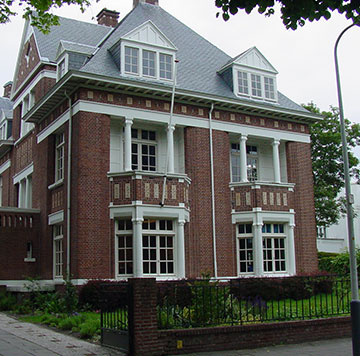PSMO-07 - Using the FIP Development Goals to inform community pharmacy strategy and development
Chair(s)
Dr Naoko Arakawa, member FIP Academic Pharmacy Section, United Kingdom and Dr Sarah Dineen-Griffin, ExCo member FIP Community Pharmacy Section, AustraliaIntroduction
The pharmacist is key in assuring a safe and effective supply of medicines as well as their responsible use. As a direct provider of services, from primary prevention and screening of diseases, to immunisations to therapeutic monitoring, the work of our profession ensures that a patient’s medical therapy is appropriate, effective, safe and convenient. The FIP Development Goals align pharmacists’ education with societal and healthcare needs, taking into consideration the path to universal health coverage and the UN Sustainable Development Goals, and to make the case for investing in the pharmacy workforce of tomorrow. These goals present the profession with the strategy and direction for advancement and transformation and establish its place within the healthcare system. By linking the FIP vision with a needs-based pharmaceutical workforce transformation programme, member organizations aim to build a sustainable future for healthcare, aligning goals to 2030. We see a convergence of health and wellness, along with an expanded role of telehealth and virtual health care. While the traditional community pharmacy experience may no longer exist, there is still likely to be a role for coordinated and high-touch care delivered locally. COVID-19 exposed major cracks in our public health and health care delivery systems. Pharmacists have taken steps to address some of these gaps, but they can be an even more powerful resource in our public health infrastructure by developing a strategy where the FIP Development Goals are aligned with the UN SDGs. Pharmacy now needs to rethink its business model—operations, services, staffing, reimbursement and technology—to take advantage of this resource. Doing so could be a win-win for all: the pharmacy profession, payers, providers and the public. Strategy is important to any pharmacy as it provides a sense of direction and outlines measurable goals and how to align those goals. Having a strategy in place for your pharmacy can allow you to get ahead of the competition and can be useful for guiding the day-to-day decisions you make in order to integrate pharmacy into a sustainable primary healthcare model, as well as aligning our goals with the UN SDGs.
Programme
| 14:30 – 14:35 | Session introduction by the chair |
| 14:35 – 14:55 | The strategy for 2030: Four building blocks and 10 activities for aligning the goals Ms Birthe Søndergaard, Danish Pharmacy Association, Denmark |
| 14:55 – 15:20 | How to use the FIP CBE Handbook frameworks to deliver the goals Dr Arijana Meštrović, ExCo member FIP Academic Pharmacy Section, Croatia |
| 15:20 – 16:00 |
Panel discussion with chairs, speakers and other panelists* to reflect on what should be included in the Nanjing Statements on Pharmacy and Pharmaceutical Sciences Education
|
Learning objectives
- To outline a strategy for community pharmacy for 2030
- To identify emerging educational needs for pharmacists as the new primary healthcare workforce
- To provide participants with tools to develop an aligned strategy for pharmacy in their respective countries
- To provide a blueprint on how to align the FIP DGs with the UN SDGs
Take home messages
This session will clearly outline a successful strategy for aligning goals, and/or integrating pharmacy into primary healthcare, as well as identifying the educational needs to position the pharmacist as an integrated healthcare provider. This is directly linked to FIP’s strategy and FIP Development Goals, as well as the World Pharmacists Day theme “Pharmacists strenghtening heathcare systems”. Our ambition is to align these goals and key messages with the UN Sustainable Development Goals for 2030 to empower community pharmacy to become an integrated and connected workforce within the health system, facilitated by digital technology.

